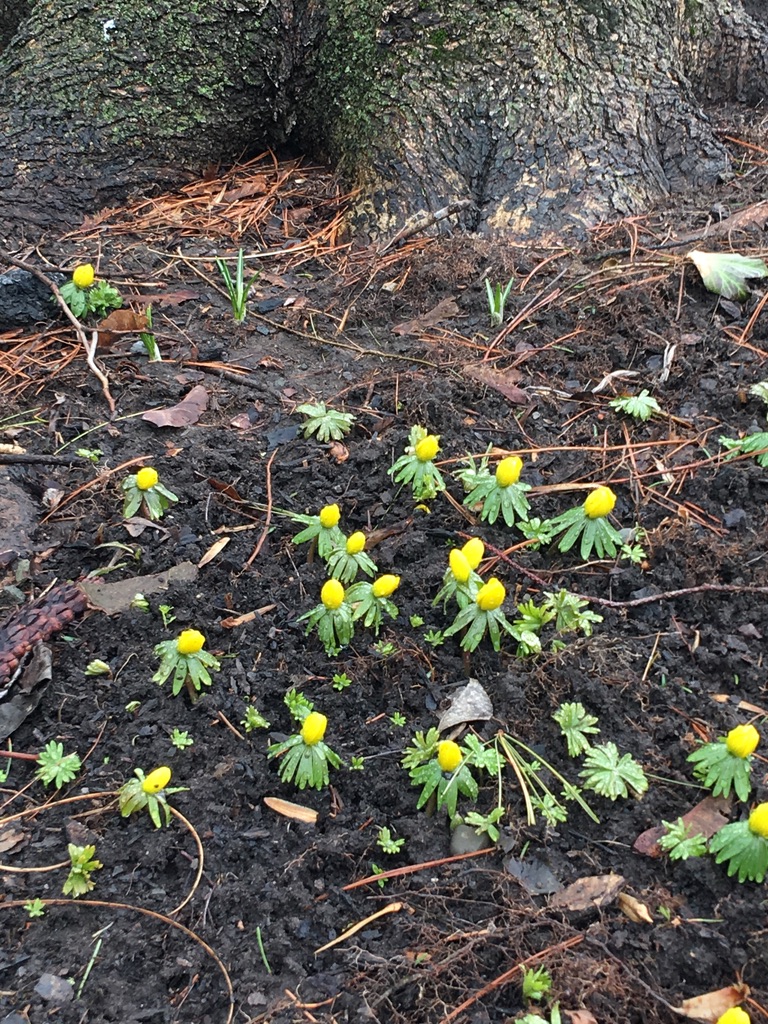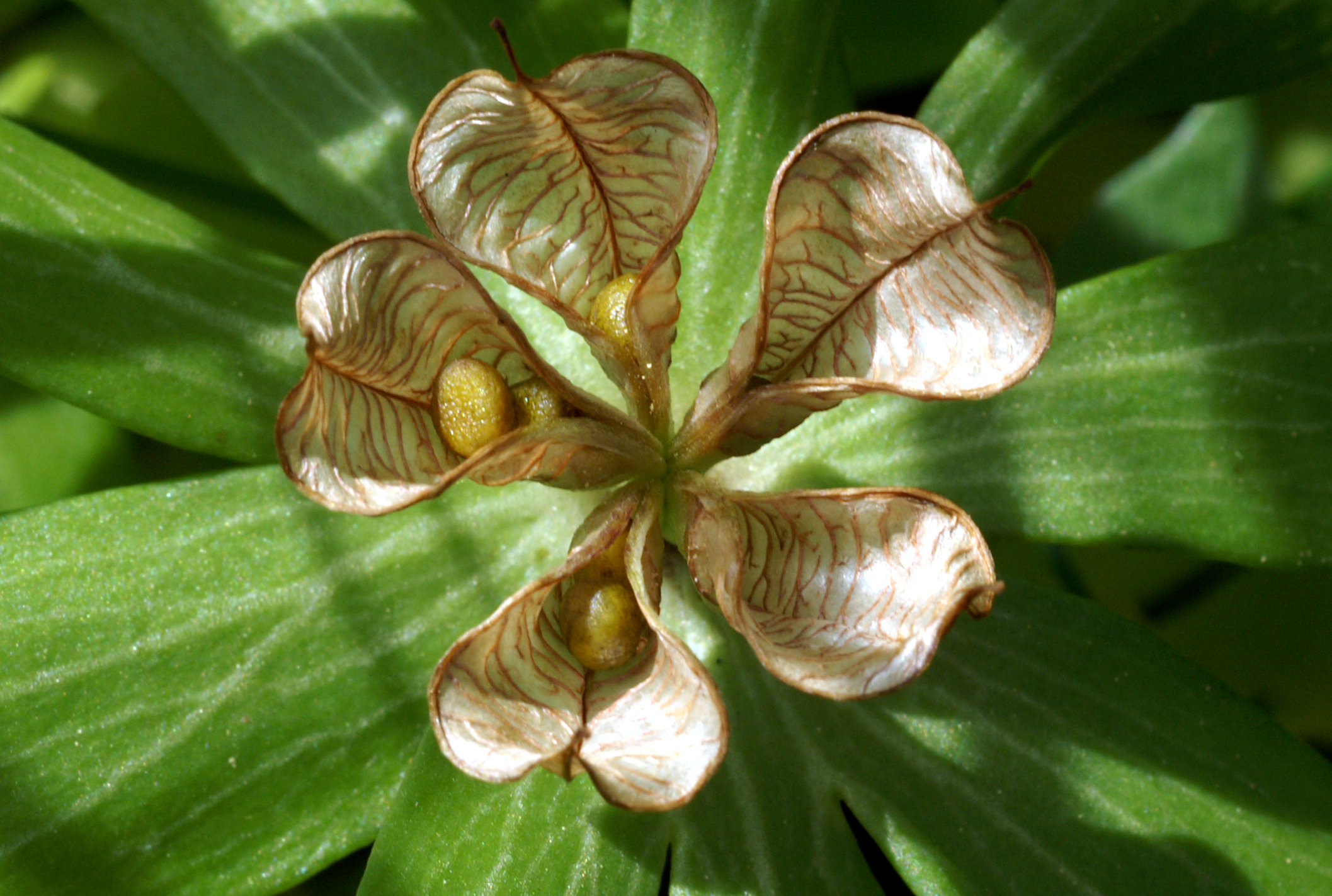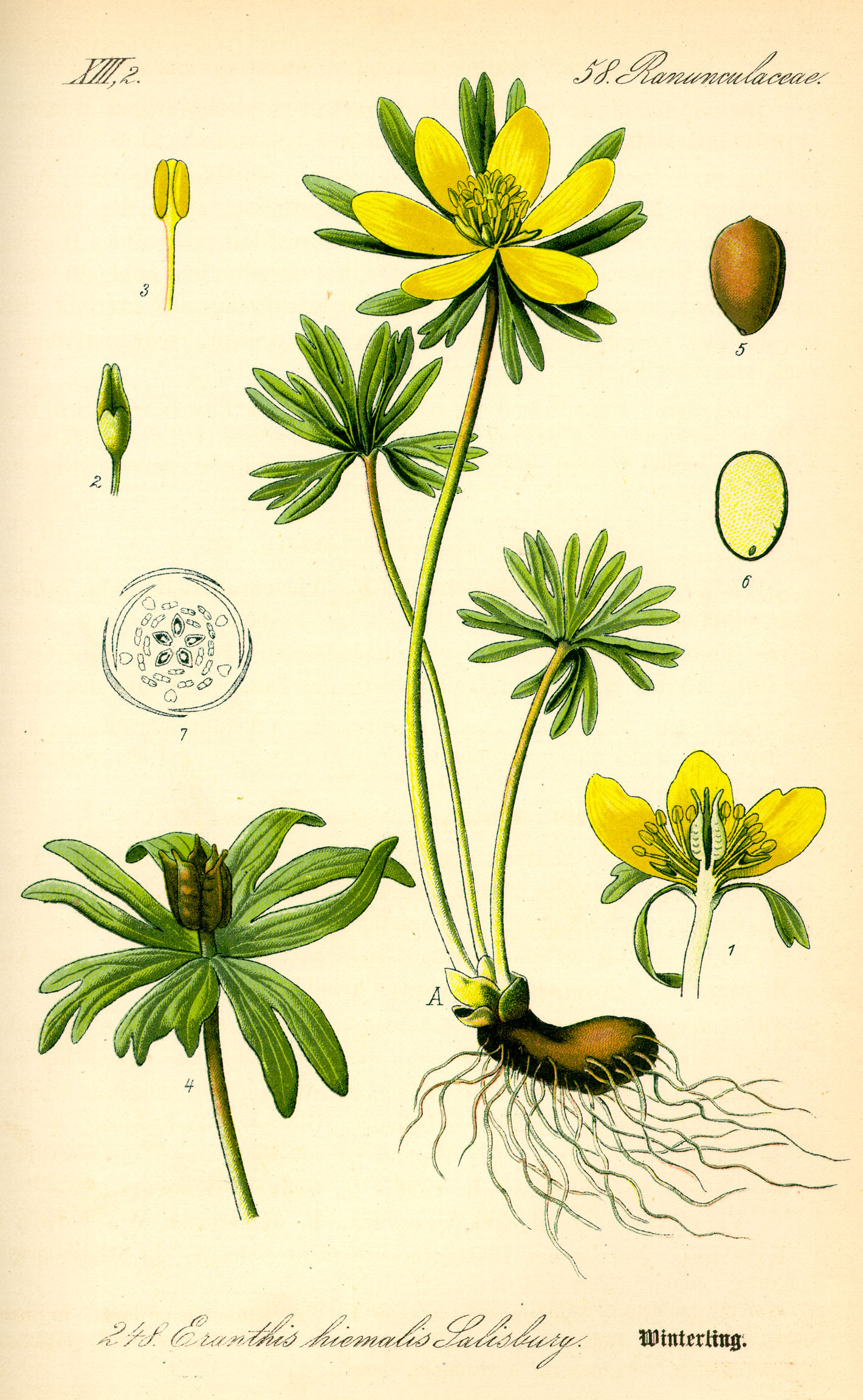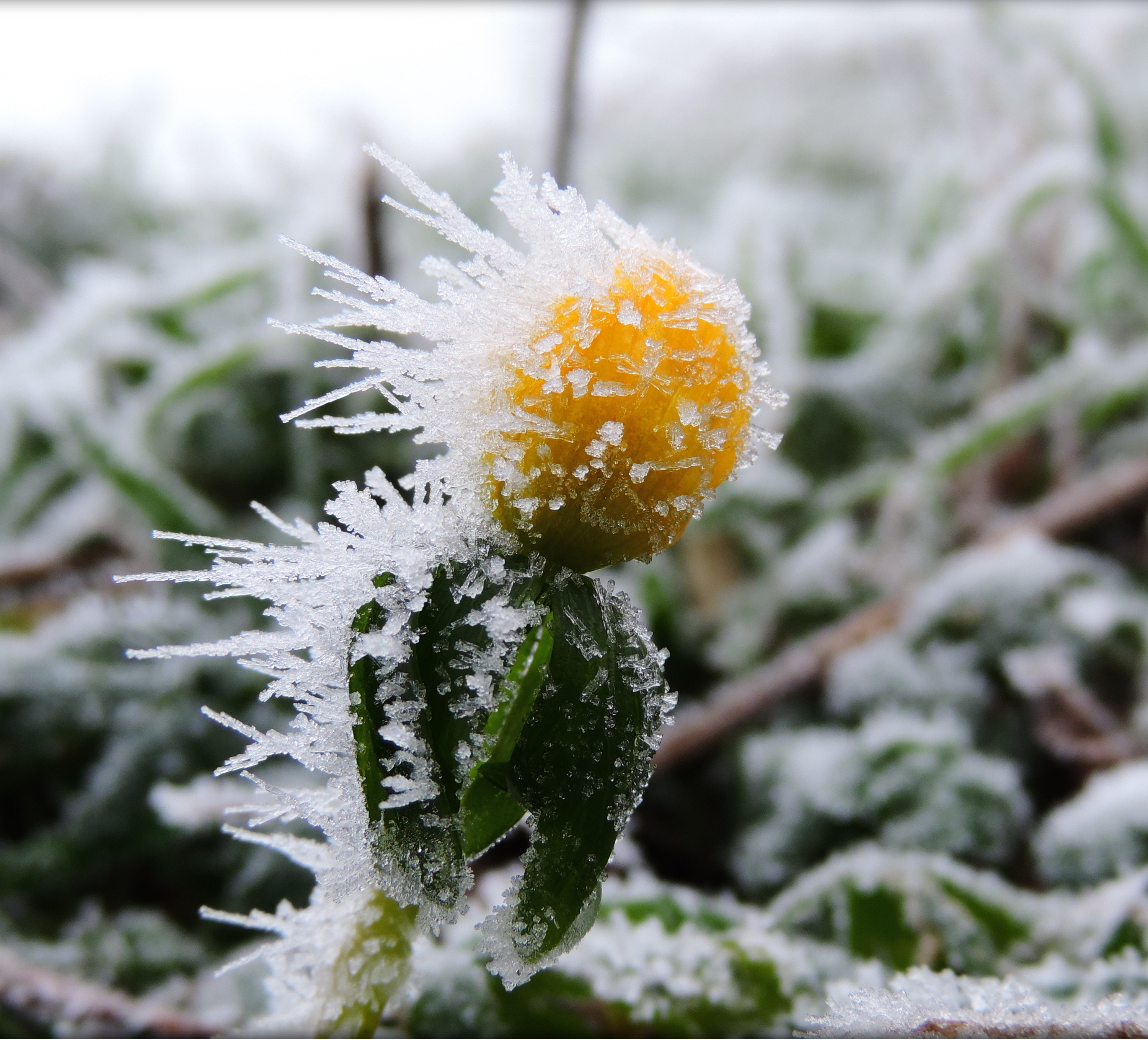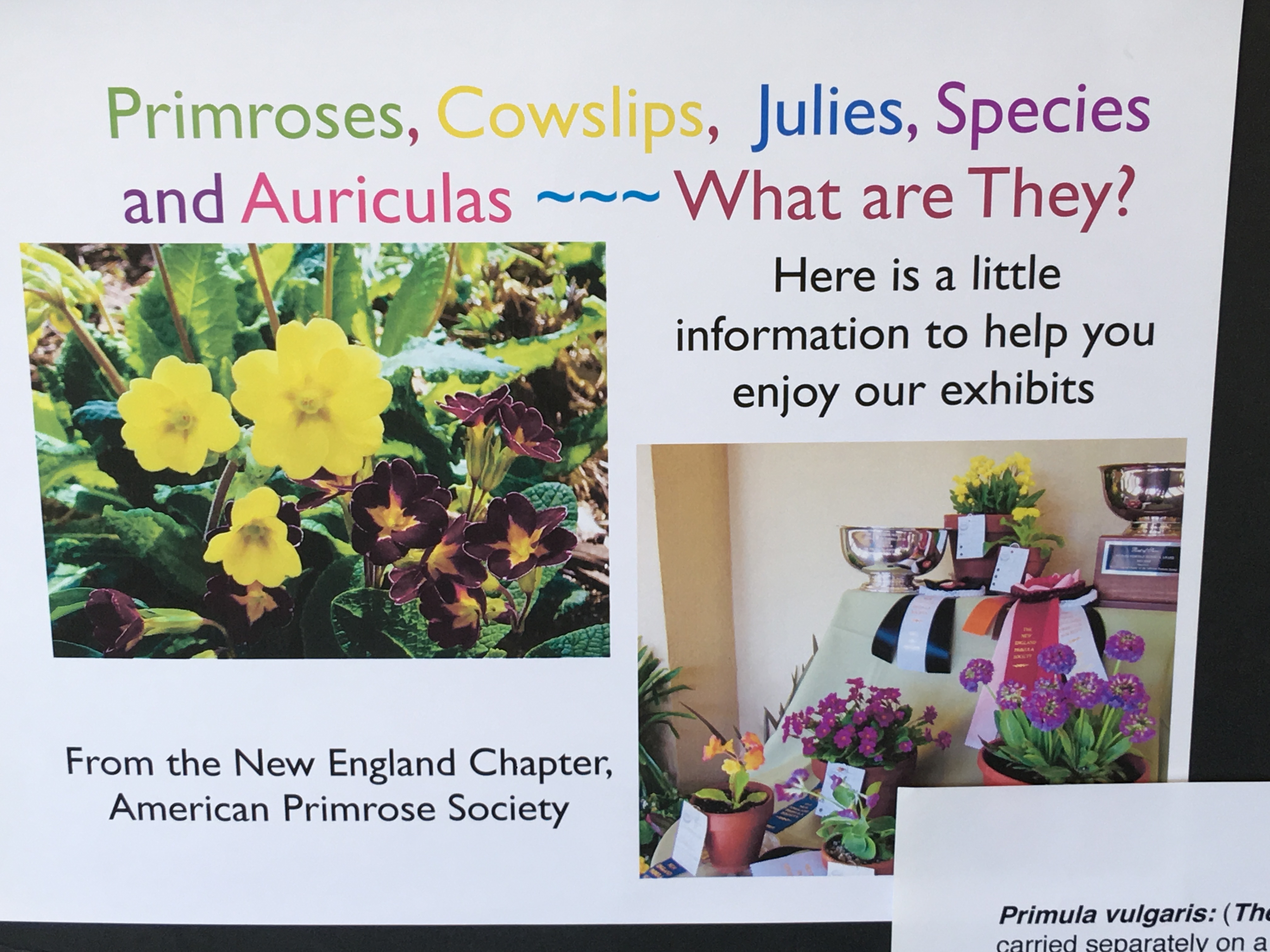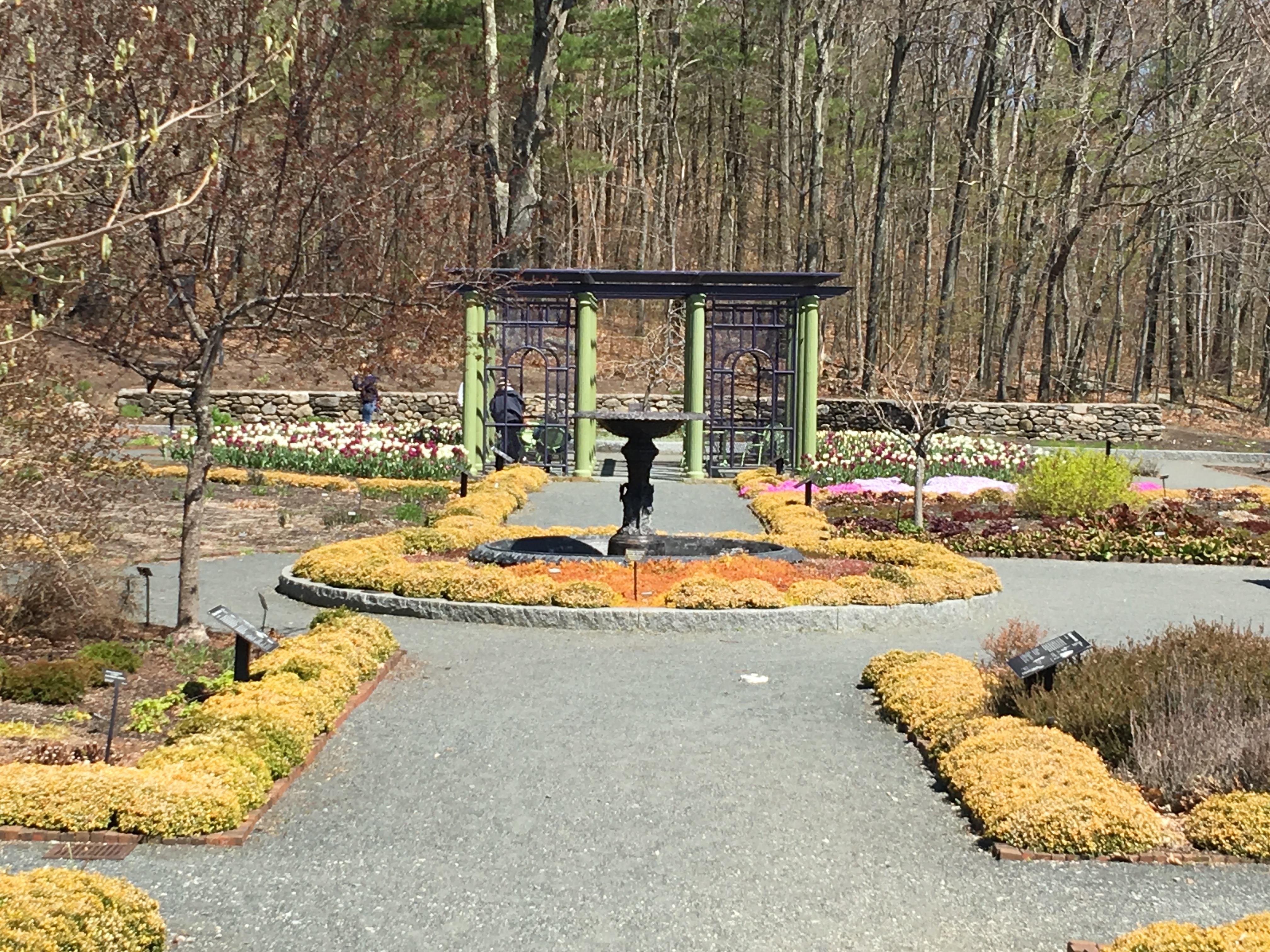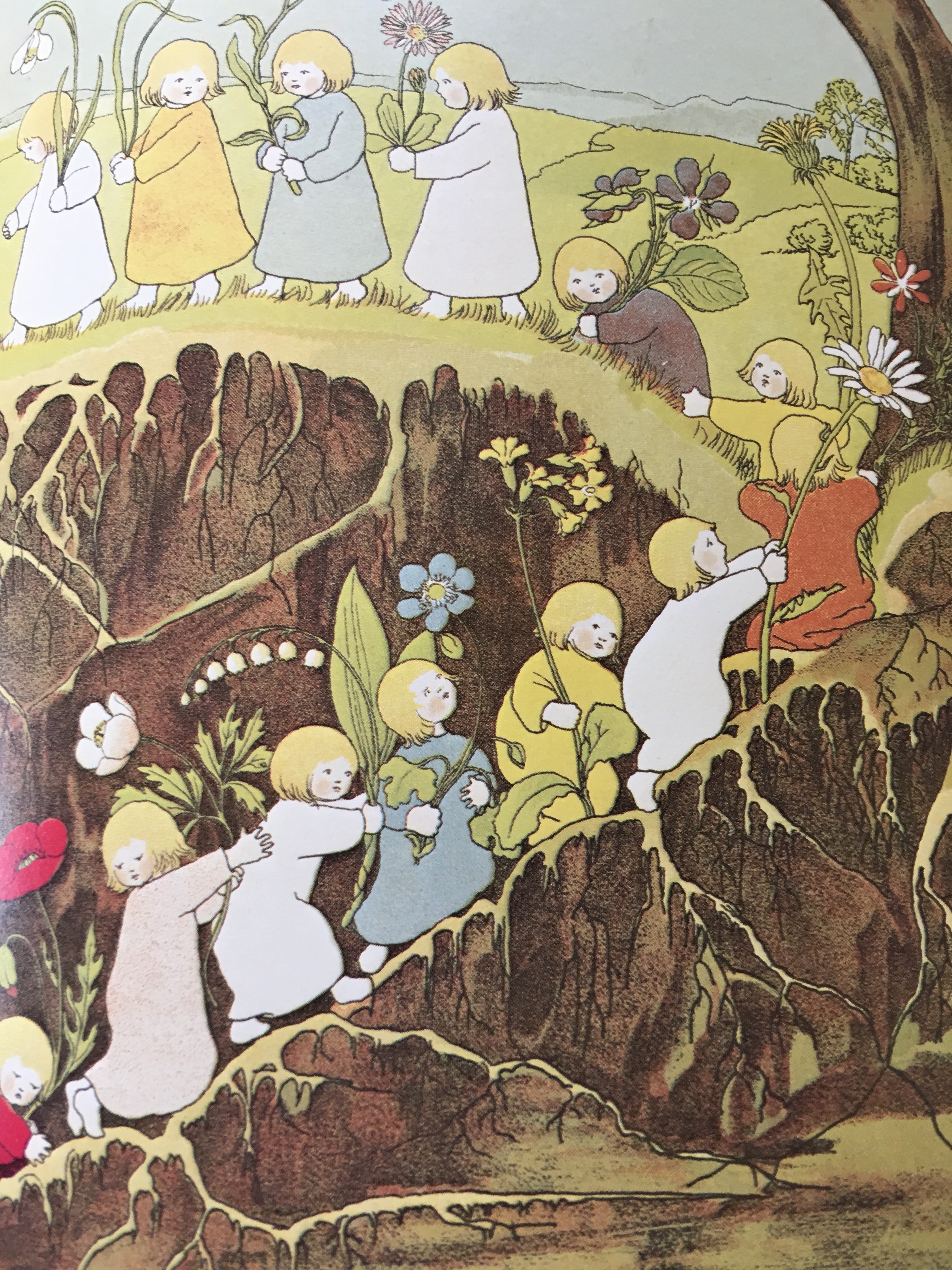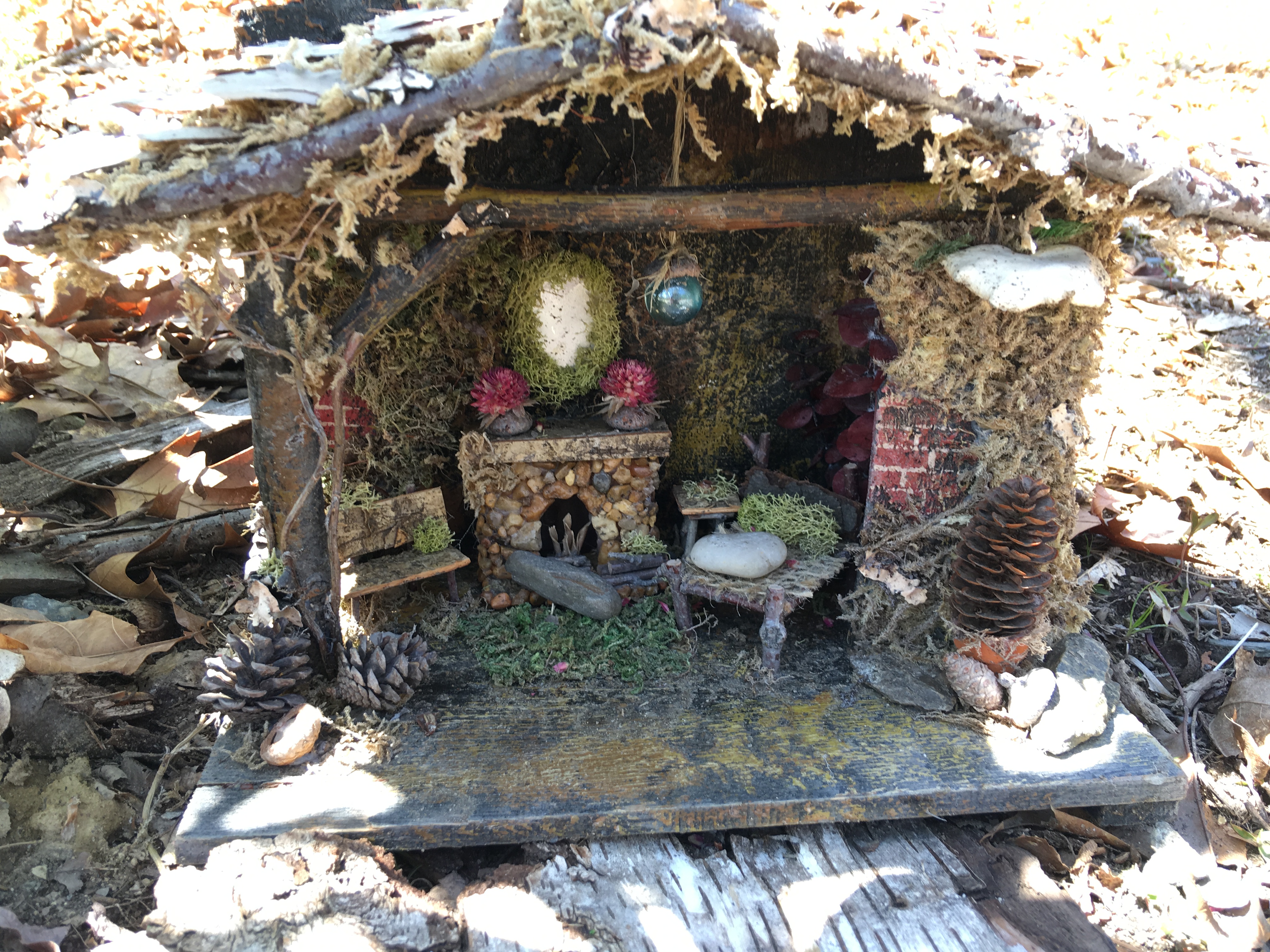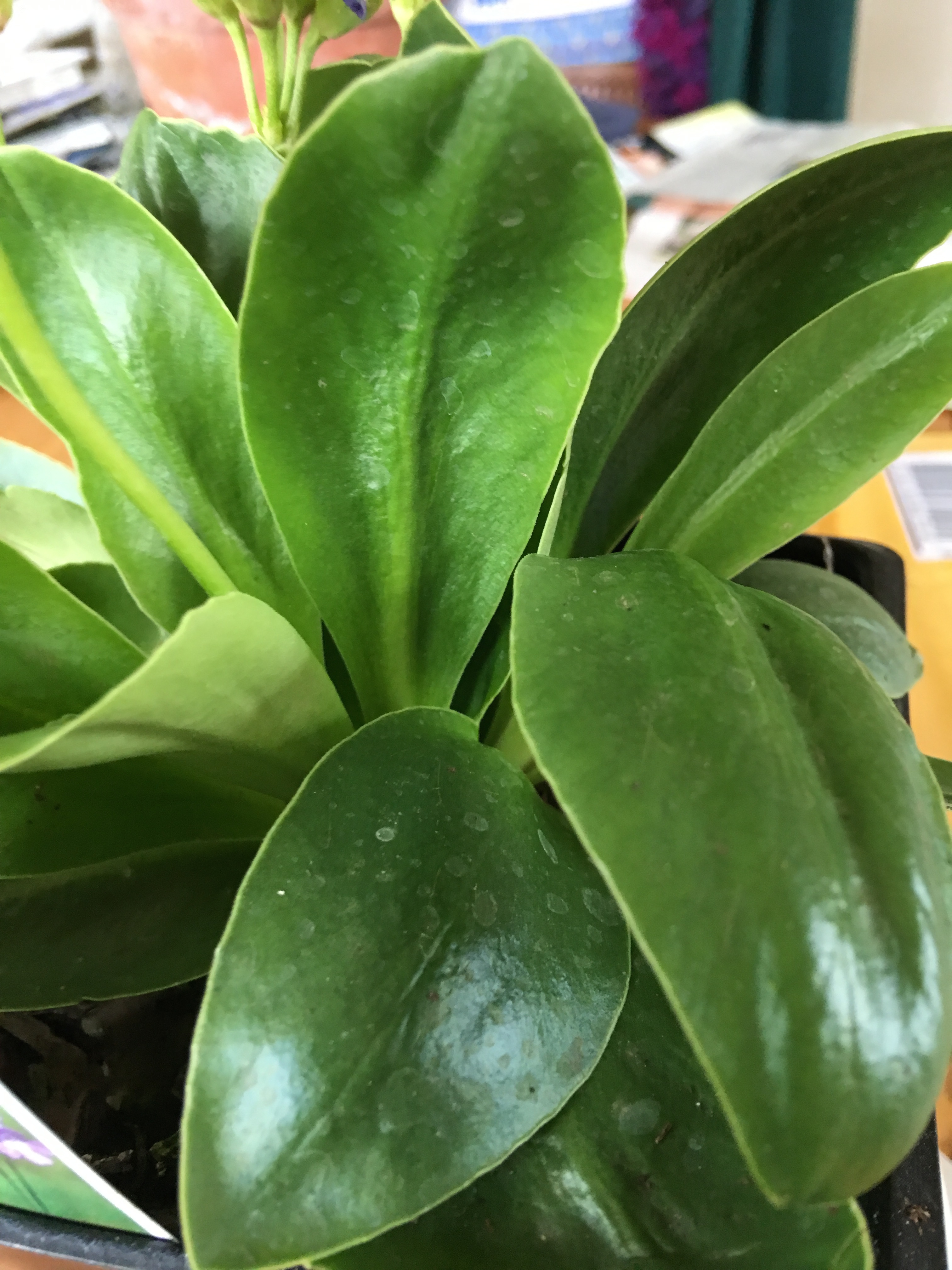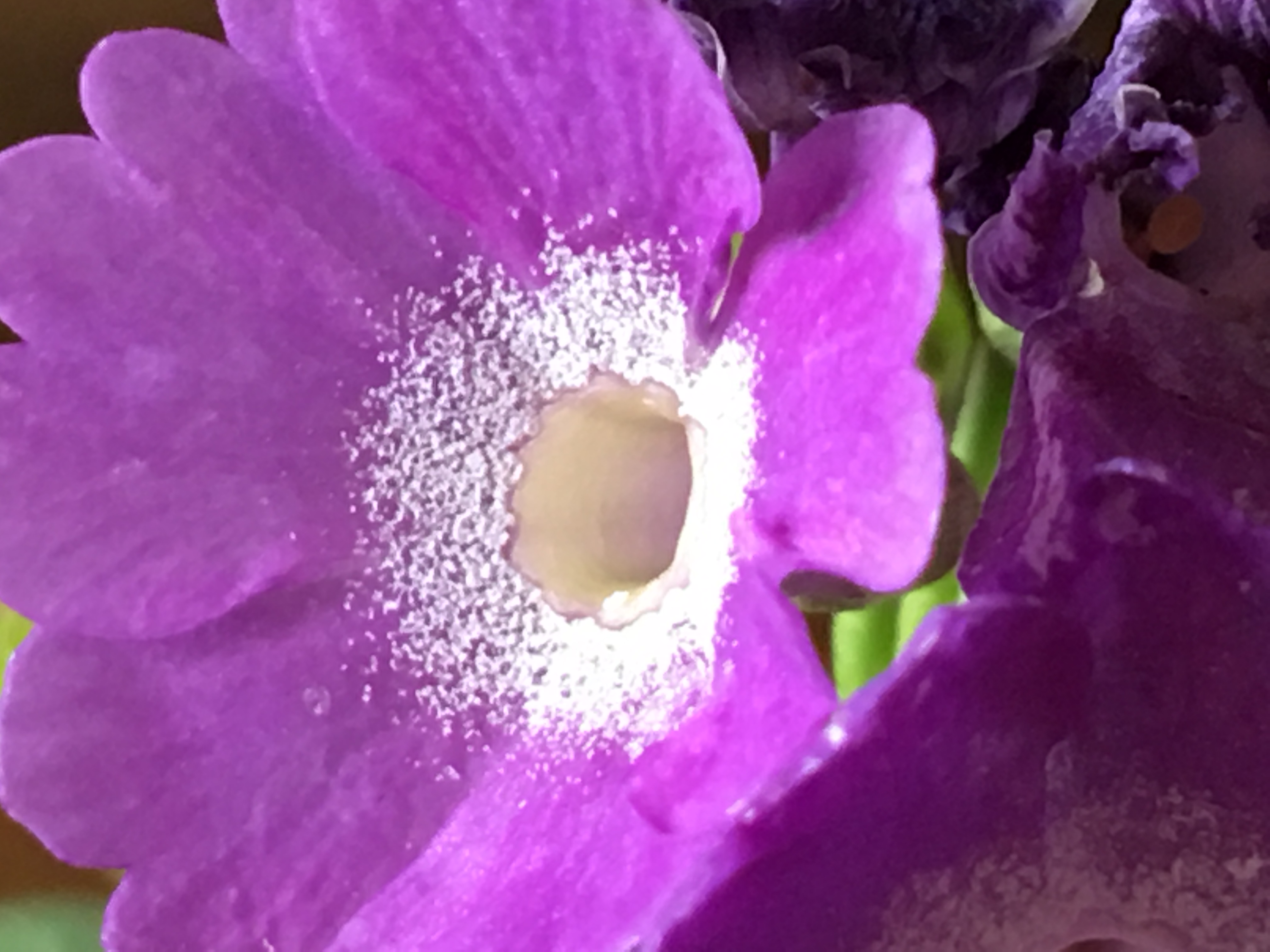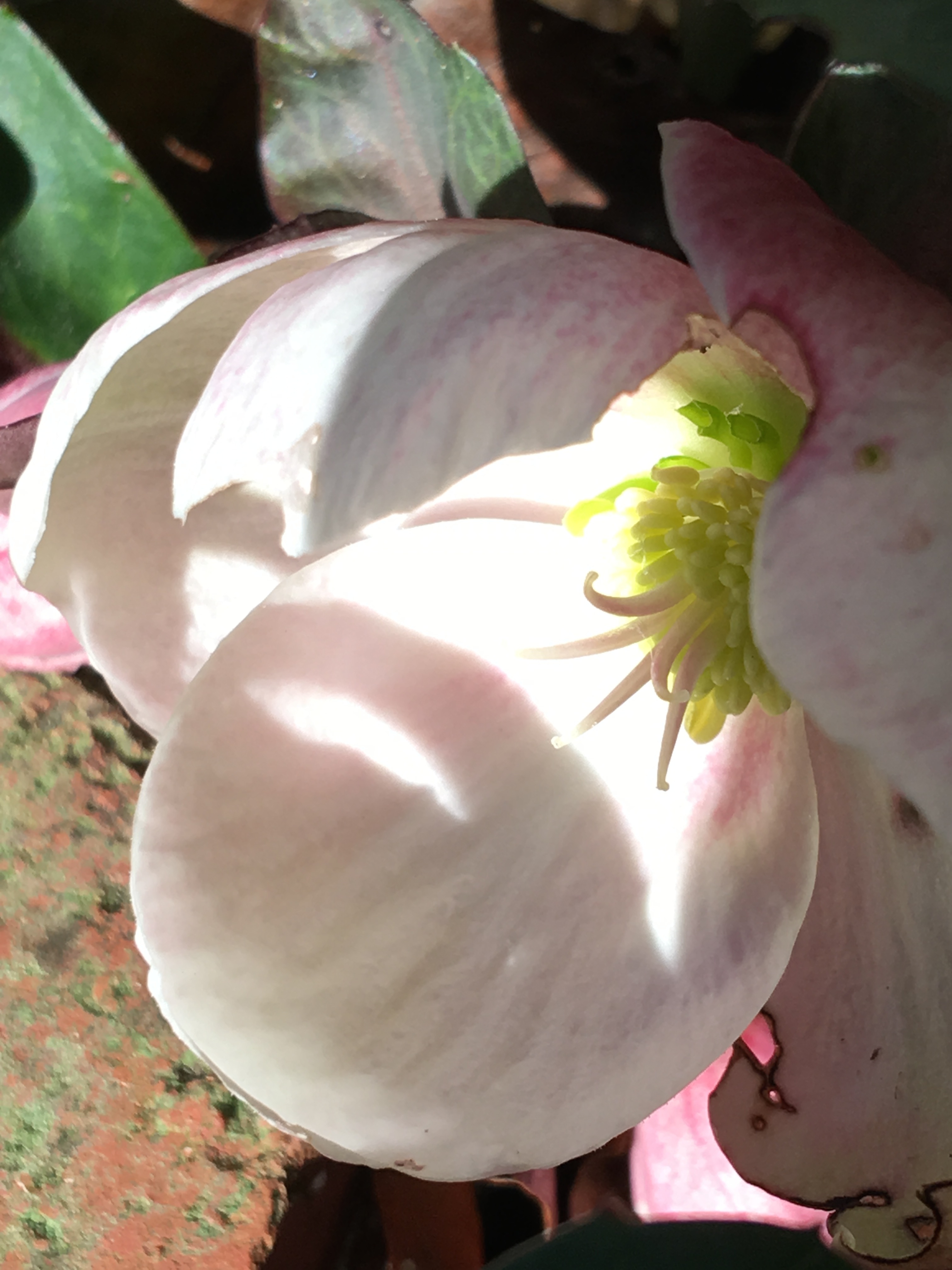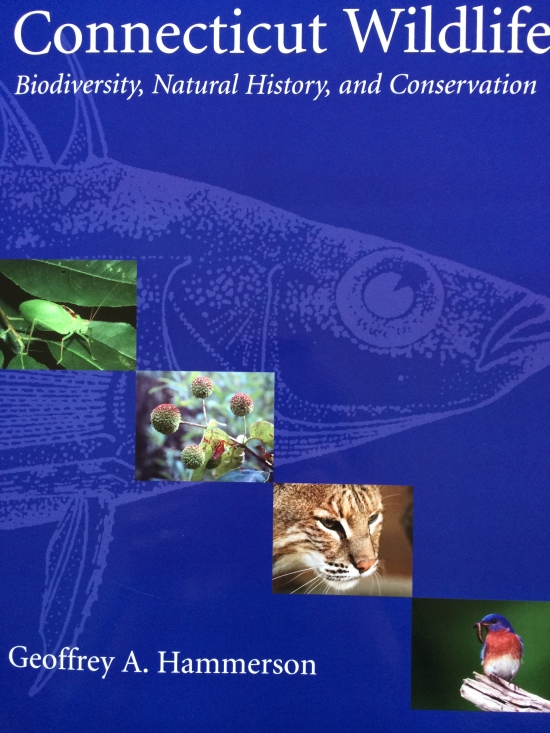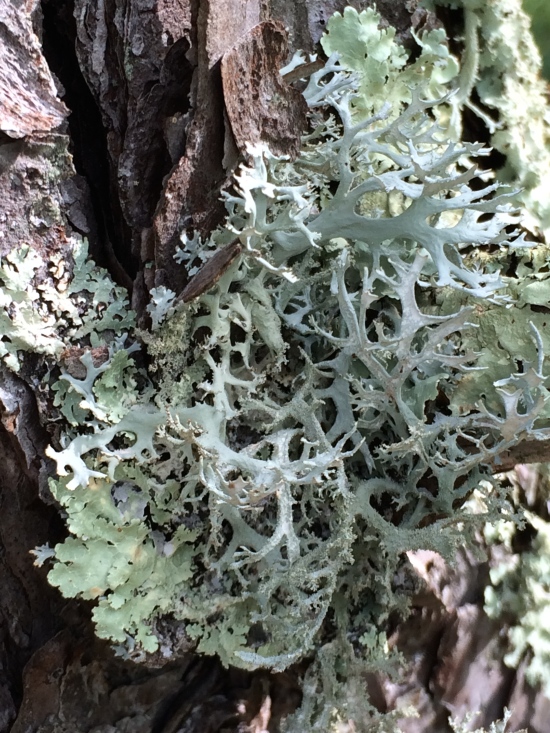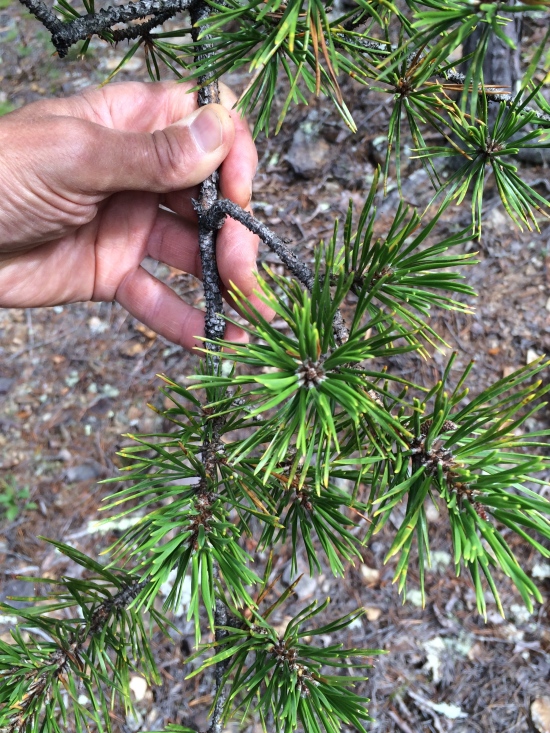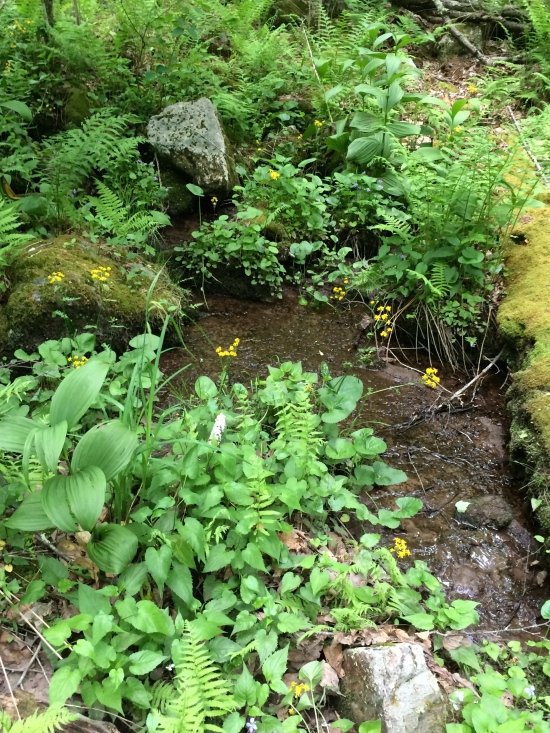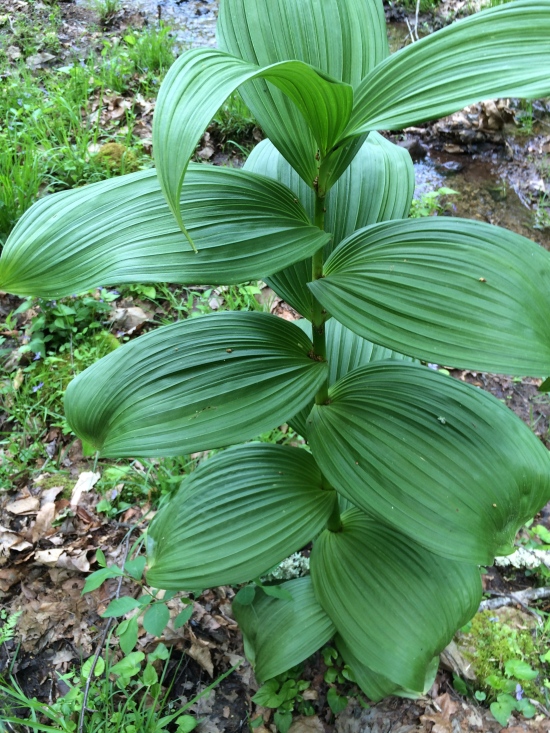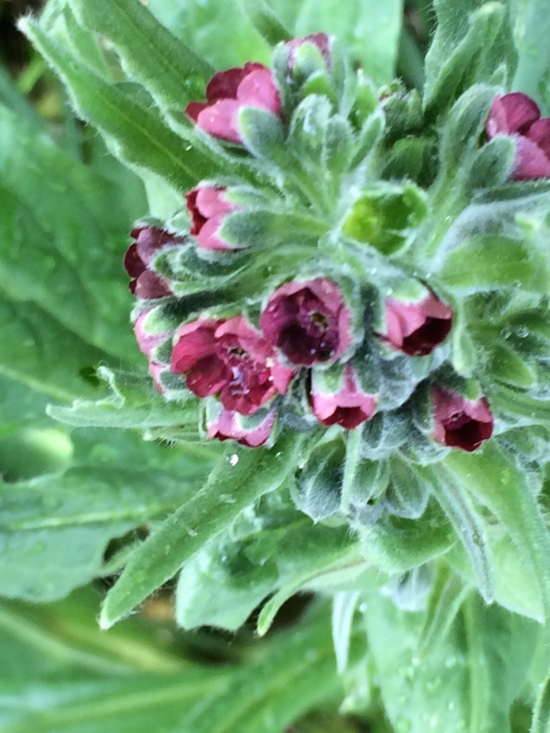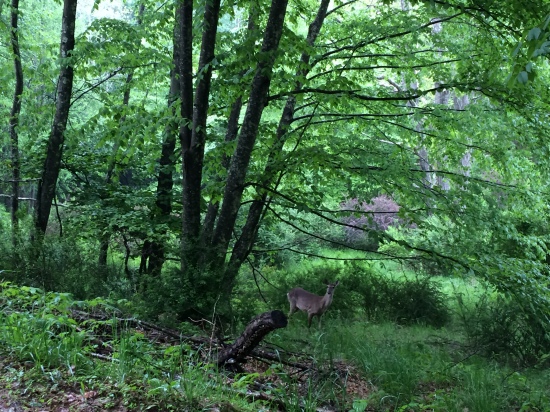
On a recent trip to Vinegar Hollow I made a point of reacquainting myself with an old friend. It is out of my usual view, perched on a steep little hillside up above the root cellar. The pasture around it is deeply rutted by cow trails and tough tussocks of tall grasses. It takes some effort to come face to face with this friend, as one is either looking up at it or looking down upon it. Since I was very young, it has looked very old, but now I am catching up in age, and it seems to be reversing course, looking younger. I have never seen a more bountiful crop of pears even though August and September were droughty. The pears are large, green gold, gleaming in the sun, holding on tightly. They cannot be pulled off easily. They seem to prefer to fall on their own terms.

Each pear is a work of art with a myriad of spots and speckles and blemishes, documenting the history of growth day by day. I pick a few from the ground and photograph them. Each one is perfect in a slightly different way.


There is no one alive now to tell me how this lone pear tree came to be here. Since I am almost three-quarters of a century, I would say it must be at least 100 years old. Its trunk has always had been braided, existing on twining remnants of a once vigorous tree hollowed out by age. Wild pears apparently are round, so this tree with pear-shaped pears came from cultivated stock. There is a Peach Tree Hill on the farm, named for a small orchard of peach trees set on its steep hillside. Grooves of the orchard rows on the hillside were visible for years after the trees had died. The early farmers had to work very hard to grow any crops on this rocky limestone land, which is best suited for livestock grazing. There is no lore about a Pear Tree Hill in this hollow, but perhaps I can start a story and name this little slope the Pear Tree Hill.

Curious about the longevity of pear trees, I went to the internet. It seems that wild pears (Pyrus communis subsp. pyraster) can live several hundred years. I came across an “obituary” for UK’s Cubbington Pear, said to be at least 250 years old. It was felled to make way for a high-speed railway line (HS2) despite a 10-year protest by environmentalists and local activists. Billions of pounds have been allocated to the HS2 project, but even so costs spiral and the line to Leeds has already been scrapped. I also came across a recent story with an environmentalist angle: “Environmentalists advocate for ancient pear garden in Lanzhou, China.” The orchard is part of a park that is over 600 years old. One of the pear trees is said to be 400 years old. Numbers have dwindled from 13,000 to 9,000 due to use of the trees as building materials and lack of replanting.
A visitor to Lanzhou’s pear garden who had visited the garden as a child recalls this impression in 2021:
The same pear orchard, I came to watch it again after twenty years, but I never thought that it moved my heartstrings so much. Is it the so-called three stages that must be experienced in life: seeing the mountain is a mountain, seeing the mountain is not a mountain, seeing the mountain is still a mountain. The realm of life is constantly sublimated with the precipitation of the years, thick and beautiful.
There is some awkwardness in the phrasing for an English-speaker, probably because the text has been translated from the Chinese, but I love the description of the “precipitation” of years as “thick and beautiful.” Also, I was interested in what he said about ways of seeing a mountain in different stages of life. I puzzled but felt I was missing something, so I asked Google to enlighten me with this search term: “seeing a mountain three stages of life.’ I found the Three Mountain Problem was posed in the 9th century by Qingyuan Weixin, which D. T. Suzuki translated in 1926 as “Before a man studies Zen, to him mountains are mountains and waters are waters; after he gets an insight into the truth of Zen through the instruction of a good master, mountains to him are not mountains and waters are not waters; but after this when he really attains to the abode of rest, mountains are once more mountains and waters are waters.”

So, are we to understands that in our youth we see with wonder and clarity, while in our middle years our view is limited because we live in our heads beset by the fears and anxieties associated with earning a living and caring for family, and then in the final stage of life we can, in the best of all possible worlds, become fully attentive again (enlightened)–a mountain is a mountain rather than something vastly symbolic or useful for other purposes than being a mountain? Maybe we can even think like a mountain (see Aldo Leopold’s Thinking Like A Mountain” . A few days ago I heard a news item about the lack of restoration, which had been promised, for the mountain top removal that occurred in West Virginia during coal mining. From an environmental point of view, one might like to see the thought that part of being attentive is to accept the mountain as a mountain and let it be.
When I returned to Ithaca, I brought one of the pears to my neighbor and friend, little Fran, who is 99 years old. She is a musician, poet, and writer. I always give her pears, real ones and once a pear Christmas ornament. I always tell her she is like a pear, not an apple for sure, but definitely a pear. At 99, she is just like the pear of Pear Tree Hill. She is finding it hard to believe that she is still worthwhile and beautiful, but I tell her that she is like the pear tree. I will go back in November and climb the steep little hill. Maybe the bear has visited the tree and eaten the drops. Earlier this fall Mike told me not to worry if I saw a young bear sitting under the walnut tree where I park my car, which is not too far from the pear tree. He says that the bear eats walnuts whole, hull and all. He says that you can hear the clicking, crunching sound from pretty far away. And, yes, this little bear will come for the pears. Bears have such sweet tooths! This reminds me to add a note about the two fairy tale apple trees in the orchard that I wrote about in my last blog. I suggested it would take a hook and ladder truck to get at the apples. Mike says the bear spends half the day aloft in those trees eating the apples! Walnuts, pears, and apples—perfect provisions for winter!
In any event, I have certainly been inattentive to this pear tree. Luckily, there is some time left I hope for our relationship to continue. I remember how years ago when I was young, my father and I happened to come back from a walk and pass by the little tree. I asked how it could still be alive because of the hollowed-out trunk. He said he didn’t know but smiled knowingly. It was clear to me that he loved the tree. What can I learn from the pear tree? That longevity can be beautiful, that I am fortunate to know that a tree that has been a friend of my youth now will be a friend of my old age. I wish very much that it will outlive me and be a friend in my hereafter. It looks likely that my tree will do so. In September 2022, fruit was picked from a pear tree in northeastern Turkey said to be 1100 years old. Anatolia is thought to be the home of the pear. Conditions in Vinegar Hollow may be similarly conducive to longevity. I am also heartened by this quote from Virginia Woolf’s To the Lighthouse (it was in the magazine Taproot that came to my mailbox this weekend):
And all the lives we ever lived and all the lives to be are full of trees and changing leaves.

